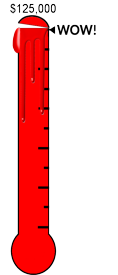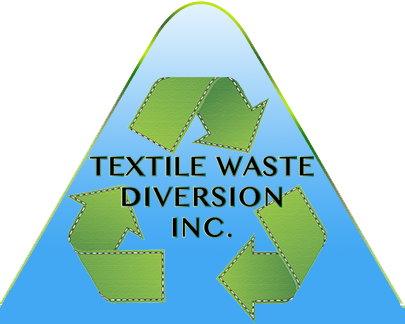
Thanks to your support in 2020, we were able to donate $125,000 to Canadian registered charities.
About Us
Textile Waste Diversion Inc. is a family owned and operated recycling company. We are leading the way in the textile waste diversion industry, building a community driven, green future. TWD is fully insured and supports textile recycling industry regulation and employee development. We are dedicated to setting a new standard for our industry.
As proud members of the Recycling Council Of Ontario, we are assisting municipalities by lending our industry expertise in the development of much needed municipal by-laws that support communities, charities & fair business practices. We also help to raise media and public sector awareness of the positive environmental impact and economic potential the textile recycling industry offers local communities.
Community Support
Textile Waste Diversion Inc. believes that every corporate entity has a social responsibility to assist the communities that support their business. We believe that generously supporting charities is not only good business, but a moral responsibility. We estimate that we will be donating approximately $90,000 to the Canadian Community Support Foundation in the next fiscal year.
Our Employees
Textile Waste Diversion Inc. believe that the current minimum wage does not allow families to live in dignity. We believe in paying a fair living wage, and all of our salaried/hourly employees start at a minimum of $15.00 per hour. We also understand that for many workers with families and other commitments, working a standard shift isn’t always suitable or feasible. We offer Independant Contractor positions that allow our staff to have more autonomy on the job, for those that work better in that environment.
We believe an employee that is happy and stress-free is more productive, so we proudly implement programs that alleviate common stressors like finances, by offering profit sharing, health benefits and a personal loan program for all staff.
We believe that the positive impact potential of recycling is underrepresented in the media. This is reflected in part by a dismal 25% Waste Diversion Rate in Canada. We believe the next generation is our best hope at developing better environmental lifestyle habits. To assist in this shift in perspective, Textile Waste Diversion Inc. is proud to have Enviroman, the Recycling Superhero on our team. Enviroman helps kids learn better environmenal habits through our interactive Kids’ Page. We offer free learning tools to assist parents and teachers in educating children about the environment and their power to improve it, in part, through recycling.














